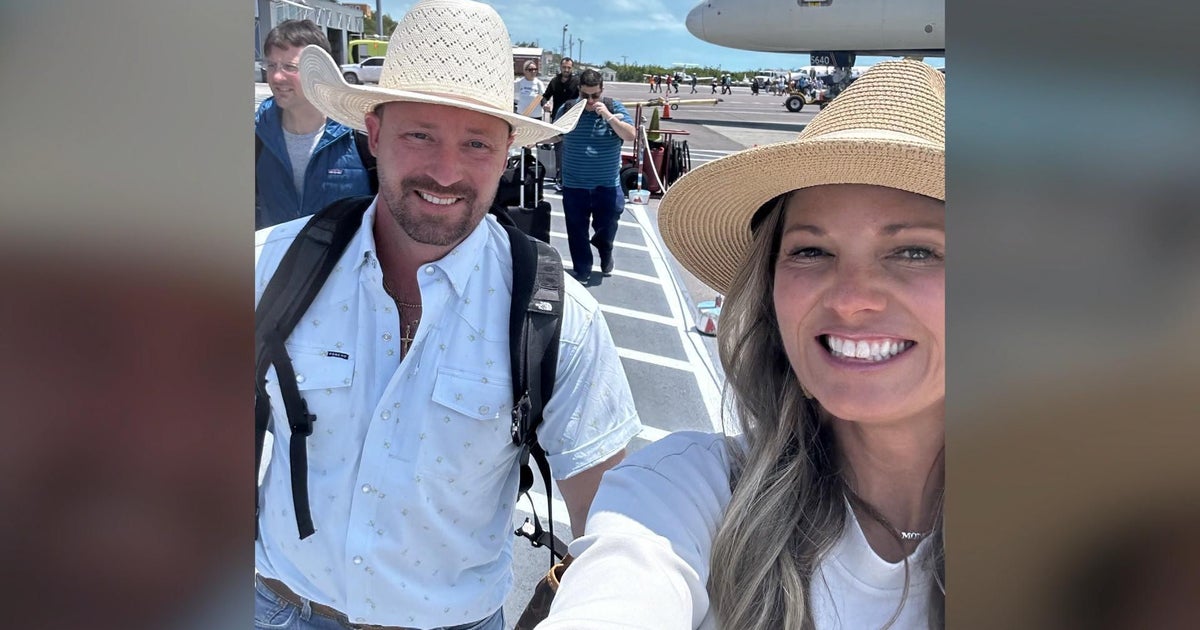Will supersonic passenger planes fly again?
United Airlines is already promising customers a faster future for commercial aviation. In-flight videos tout sleek "concept jets" flying twice as fast as today's passenger planes and United has ordered 15 such airliners from a startup company called Boom. As of now, it's more aspiration than fact, but even NASA – which knows something about flying fast – is betting on supersonic by building a new experimental "X plane." Bill Whitaker reports on the possibilities on the next edition of 60 Minutes, Sunday, November 21, at 7 p.m. ET/PT on CBS.
"Boom" is one of several private American startups trying to revive the supersonic commercial flight business, which has been grounded since the Concorde made its last flight nearly 20 years ago. Company CEO Blake Scholl has a dream.
"When I look, several decades out, you know, what I want is to be able to be anywhere in the world in four hours for 100 bucks," Scholl tells Whitaker. "Now, that's not where we start. But that's the end goal."
When Whitaker reminds him that passengers paid many thousands of dollars to fly the Concorde just one way between the U.S. and Europe, Scholl responds with this analogy: "Electric cars, when they first came out, they were pretty expensive. But we kept working on them. And the price came down. They got better and better. And so we're going to do the same thing with supersonic jets."
"This industry needs people dreaming big. That is essential. This industry was built on that," says Jon Ostrower, editor of the commercial aviation publication The Air Current. Ostrower believes a venture like Boom will need "at least $15 or $20 billion" to turn the supersonic dream into reality.
"I think you cannot ignore the obstacles that will be on the path to getting there. And I think the amount of money that is required to make this happen, makes this a very long shot," Ostrower says.
Boom and United plan to fly many of the same routes as the Concorde, but NASA has commissioned Lockheed Martin to build a plane that could help open up thousands of new passenger routes, by showing that supersonic flight can happen without producing the loud sonic booms that rattle nerves and shatter glass. Part of the Concorde's downfall was that it could only fly super-fast over the ocean; over-land supersonic flights have long been banned around the world because of the boom. Mike Buonanno, of Lockheed Martin's famous "Skunkworks" airplane design division, believes their test plane, the X-59, will produce a muffled "thump" rather than a loud boom.
"I think that real 'aha' moment for me is going be when I hear that first shaped boom from X-59….a thump, thump," Buonanno says.
It's an important step in a process that could help supersonic commercial flight really take off, but Buonanno's boss, David Richardson says patience will be needed before that ban on over-land flights is lifted.
"There's a long line of things that have to happen, starting with the X-59. But I think 2035 is your answer, if everything marches along the way that it's supposed to," Richardson tells Whitaker.



